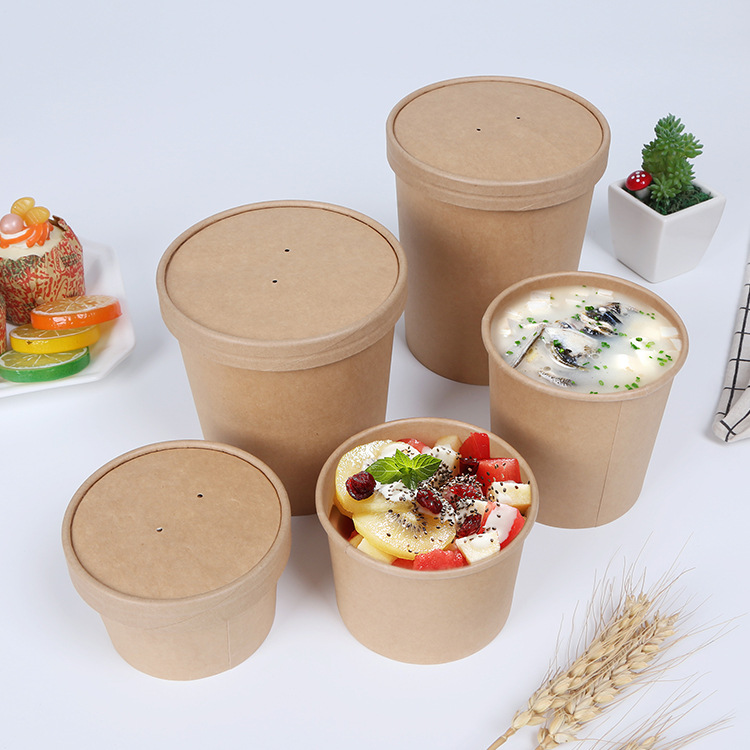As global plastic restrictions expand (e.g., China’s 2020 ban), biodegradable alternatives like paper bowls are replacing plastic. Made from FSC-certified pulp or recycled paper with PLA coating, they degrade in 90 days, reducing carbon footprints by 60%. Innovations include bamboo/sugarcane fiber for heat resistance (up to 90°C) and water-based ink printing. Widely used in fast food (e.g., McDonald’s China), airlines, and events (e.g., Hangzhou Asian Games). The market reached $4.7B in 2024, with China leading at 32%. Future advancements focus on nano-cellulose coatings and integrated "bowl-to-box" designs for 2026 launch.
With the advancement of global plastic restriction policies (such as China's 2020 "plastic ban"), biodegradable disposable paper bowls have become an important alternative to plastic products. Below are their core features and current applications:
1. Materials and Environmental Characteristics
Raw Materials: Primarily made from FSC-certified sustainable forest pulp or recycled paper, coated with polylactic acid (PLA) biobased material to ensure no plasticizer contamination.
Degradability: Completely decomposes within 90 days under industrial composting conditions, reducing carbon footprint by 60% compared to traditional plastics.
Technological Innovations: Some products incorporate bamboo fiber or bagasse to enhance heat resistance (withstands up to 90°C) and use water-based ink printing to avoid heavy metal residues.
2. Application Scenarios
Food Service Industry: Widely adopted by fast-food chains (e.g., McDonald's China) and food delivery platforms;
Large-Scale Events: Customized versions used at events like the Hangzhou Asian Games to minimize waste;
Aviation Sector: Some airlines have replaced plastic meal containers with lightweight paper bowls.
3. Market and Development Trends
Market Size: Global market value reached $4.7 billion in 2024, with China accounting for 32%;
Future Directions: Research focuses on nanocellulose coatings to improve leak resistance and foldable "bowl-container" integrated designs, with mass production expected by 2026.
This industry meets circular economy demands while balancing practicality and environmental responsibility, serving as a model for sustainable packaging.
